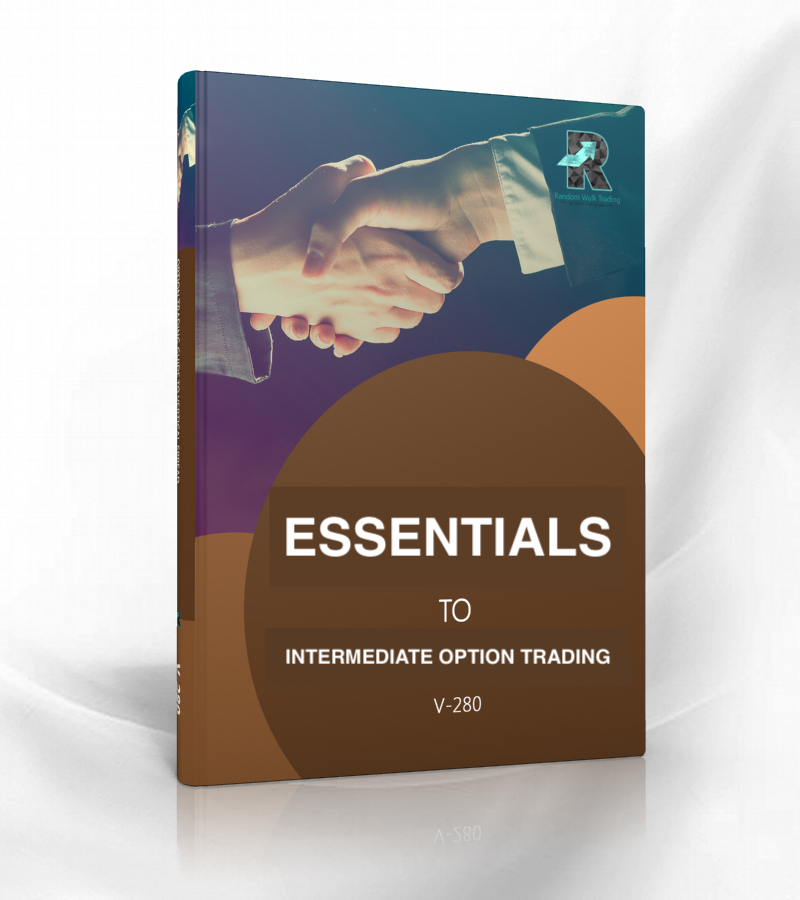Table of Contents
CHAPTER 1 – Vertical Spreads
Section 1 – Vertical Spread Concept
Section 2 – Vertical Spread Basics
Section 3 – The Greeks
Section 4 – The Box
Section 5 –Early Exercise Equity Option
Section 6 – Vertical Spread Criteria
CHAPTER 2 – Three-Leg -Box
Section 1 – Typical Box Four Legs
Section 2 – The Three Leg Box
Section 3 – Practical Application
Section 4 – Three Leg Box Criteria
CHAPTER 3 – Butterflies and Condors
Section 1 – Logic Behind a Butterfly Purchase
Section 2 – Risks associated with Long Short Butterfly Spreads
Section 3 – Profit and Loss Points
Section 4 – Volatility as a function of the spread’s price
Section 5 – Large Butterfly Spreads
Section 6 – Selling Butterfly Spreads to Open a Position
Section 7 – Butterfly Characteristics
Section 8 – Ideal Conditions for a Butterfly Spread
Section 9 – Butterfly Criteria
Section 10 – (Iron) Condor Criteria
CHAPTER 4 – Reverse Gamma Scalping
Section 1 – Gamma Scalping Concept
Section 2 – Reverse Gamma Scalping Concept
Section 3 – Reverse Gamma Scalping in Action
Section 4 – More Reverse Gamma Scalping
Section 5 – Reverse Gamma Scalping Method #1
Section 6 – Case Study The SPX
Section 7 – Reverse Gamma Scalping Criteria
CHAPTER 5 – Iron Cockroach
Section 1 – Iron Cockroach Example #1
Section 2 – Analysis of Example#1 at Expiration
Section 3 – Iron Cockroach Example #2
Section 4 – Iron Cockroach Criteria
CHAPTER 6 – Portfolio Management
Section 1 – Practical Application
Section 2 – Managing the Greeks: An Overview
Section 3 – Understanding Your Positions
Section 4 – Portfolio Management Conclusion
CHAPTER 7 – Money Management
Section 1 – Money Management Recommendations
Section 2 – Risk Management Recommendations
Section 3 – The Basics Of Money Management
Section 4 – Financial Categories
Section 5 – 50-10 Rules
CHAPTER 8 – Which Strategy to Use
Section 1 – Long Call
Section 2 – Short Call
Section 3 – Long Put
Section 4 – Naked SHort Put
Section 5 – Long/Short Call or PUt Verticals
Section 6 – Butterfly Spreads
Section 7 – Straddles and Strangles
Section 8 – Time Spreads
Section 9 – Condors
Section 10 – Iron Condors
Section 11 – Covered Call
Section 12 – Collar
Section 13 – Dos and Don’t
Section 14 – Getting Started
Section 15 – Pre-and Post-Market Preparation
CHAPTER 9 – Crash Course
Section 1 – Market Crash: Opportunity in Disguise
Section 2 – What Happens During A Stock Market Crash?
Section 3 – Characteristics Of a Market Crash
Section 4 – How Professionals Survive a Crash
Section 5 – Education in Financial Markets
Section 6 – What Not To Do If the Market Crashes
Section 7 – What To Do If Market Crashes
Section 8 – The Crash Course Criteria
Section 9 – Portfolio Management Conclusion
Risk Reversals
Risk Reversal is simply a collar position without the [...]
How to Thrive in a Volatile Market: Black Ops Concept
"We should remember that good fortune often happens when [...]
Collars In Bearish Markets
Introduction Traditional collars are designed to [...]
The 5-Year Millionaire
The title of the program may sound overly ambitious, [...]
The Three-Leg Box
A three-leg box is simply a four-leg box amputee. [...]







